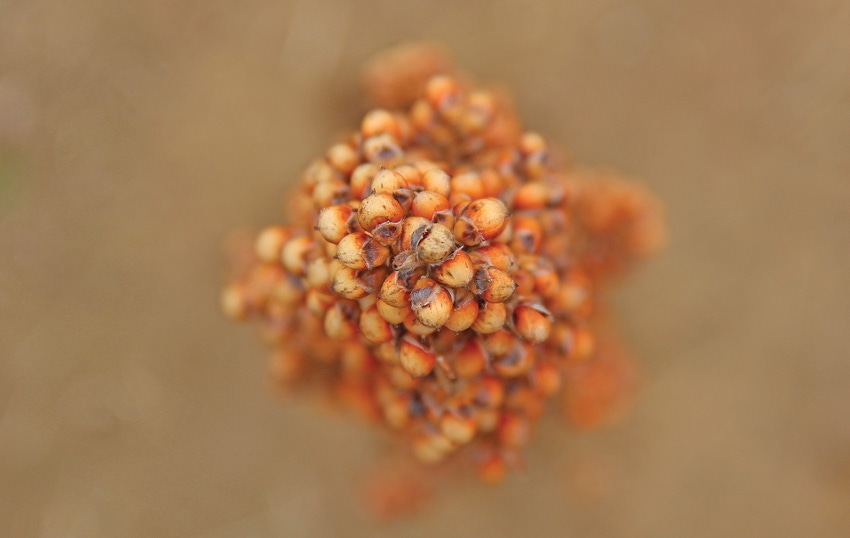March 24, 2015

It seems like quite a few farmers in Tennessee who probably would have farmed a few more years if commodity prices had remained high, have had or are having farm sales. These farms will be picked up by new growers who will be farming this land for the first time.
From a weed management perspective, many of these growers will be going in blind. The best way to evaluate weed control is from the combine or cotton picker. It is hard to construct a good weed management strategy without this intelligence gathering.
The best one can do in these situations is figure Palmer amaranth will have to be managed with overlapping residuals and take the other weeds as they come.
Another first is that a large number of growers are planning to raise grain sorghum for the first time in a long time — or maybe the first time ever. Many plan to conduct their weed control in this crop as cheaply as possible. I do not blame anyone for this with commodity prices where they are.
The concern I have from this line of thinking is from a resistance management perspective. Cheap weed control in grain sorghum to me means going with atrazine and nothing else. Atrazine-resistant Palmer amaranth has been identified in many states including Georgia, Texas, Michigan, Nebraska, and Kansas. We cannot afford to lose atrazine’s effectiveness on Palmer amaranth.
Good options
My thought is to at least tank-mix Dual Magnum in with the atrazine and have two effective herbicides with different modes of action. There are other good options in grain sorghum like Sharpen, Lexar and Husky that can help provide consistent weed control and should alleviate some selection pressure off atrazine resistance development.
The most recent development of the firsts for many is that quite a few cotton growers plan on planting a large percentage of their acres to Roundup Xtend cotton this spring. This is a little startling to me that so many are willing to go with this cotton right out of the gate.
The concern I have from this line of thinking is from a resistance management perspective. Cheap weed control in grain sorghum to me means going with I used to work for a seed corn company. The philosophy they lived by was that genetics, not traits, drive seed sales. In cotton, particularly with Palmer amaranth, it is clear that traits drive seed sales. In this case, having the ability to spray Liberty over-the-top of Roundup Xtend cotton varieties is a huge factor.
Please be mindful that there will be no label for dicamba in 2015 in Roundup Xtend cotton. The label we have for dicamba in Roundup Xtend is no different than for any other cotton and that is it can be applied burndown 15 days before planting for an 8 ounce-per-acre rate and 30 days before planting for a 12 ounce-per-acre rate.
You May Also Like




